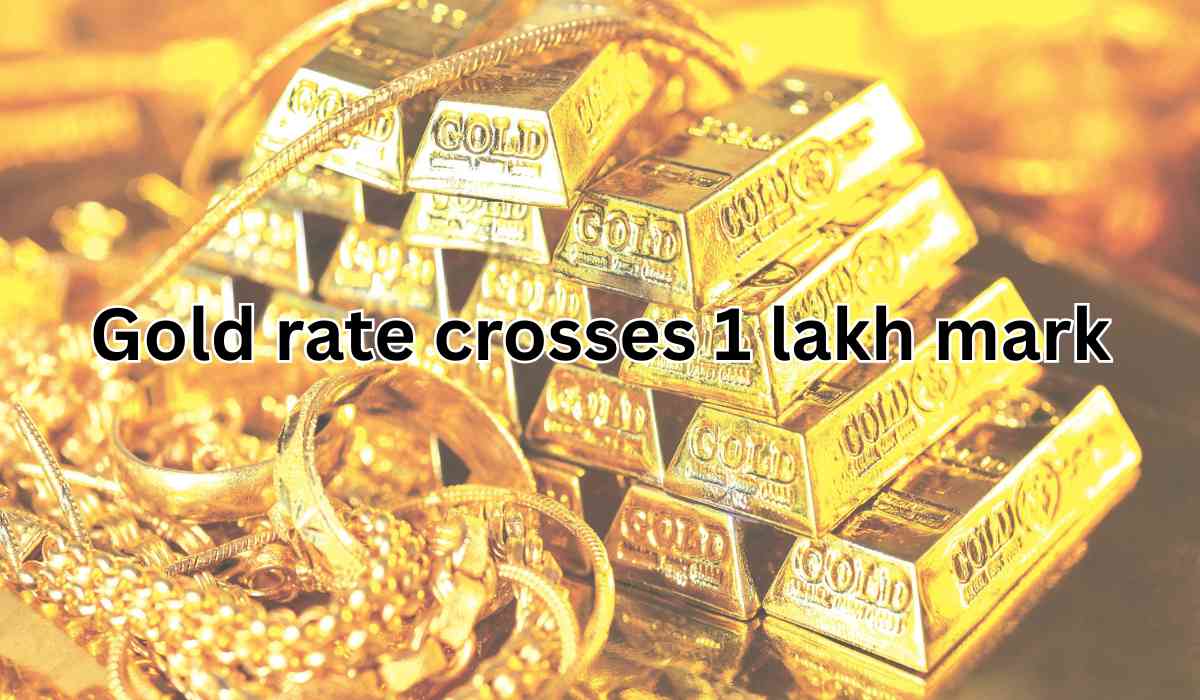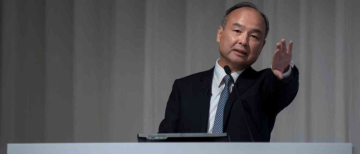Gold prices in India have scaled unprecedented heights, breaching the psychological threshold of ₹1 lakh per 10 grams. This surge, driven by a combination of global uncertainty, central bank purchases, and investor sentiment, has created ripples across markets—especially as India approaches Akshaya Tritiya, a traditionally auspicious occasion for gold buying.
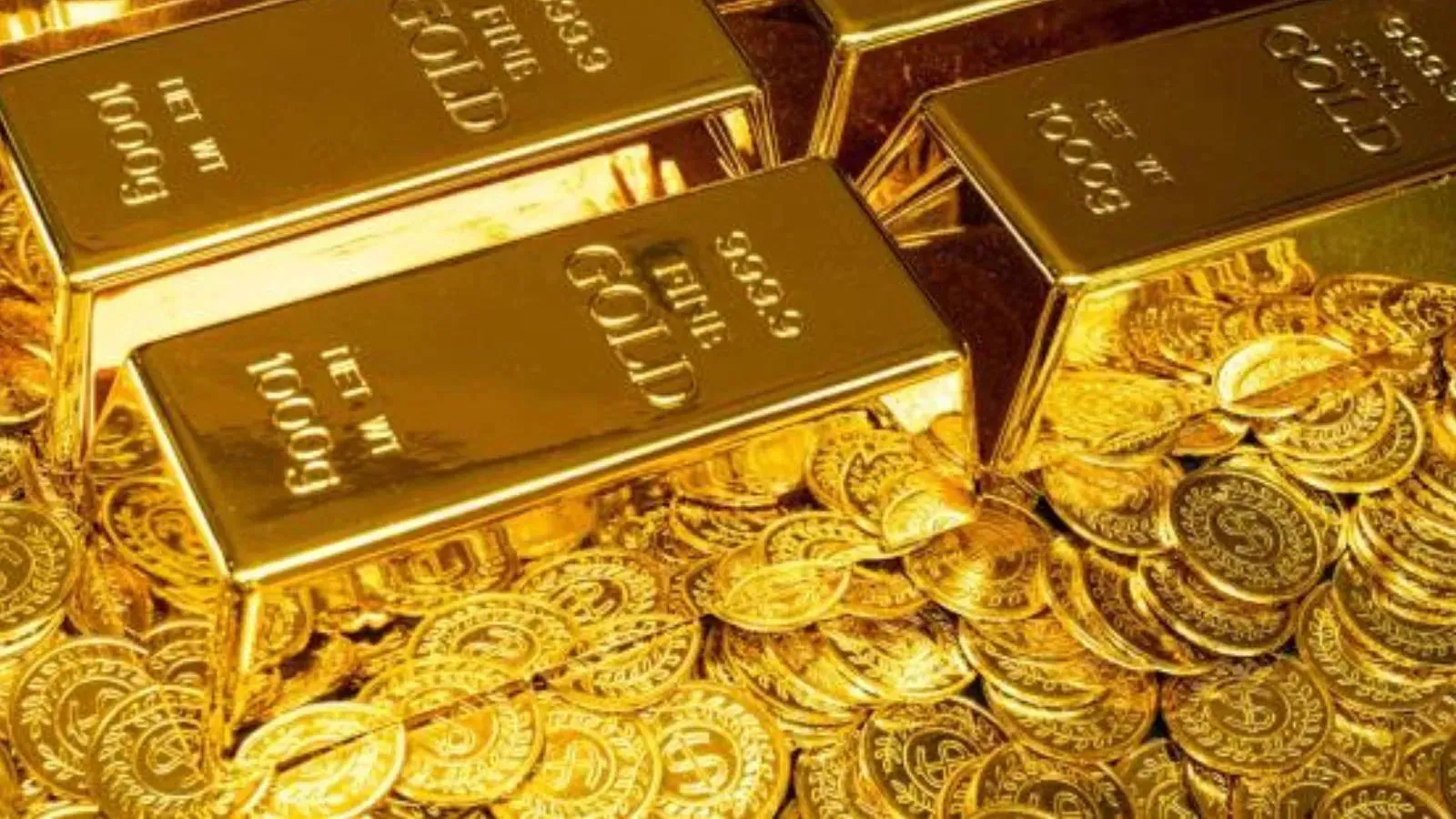
Gold Prices in India: Historic Highs
Gold prices in India have soared, with the retail price hitting the psychological ₹1 lakh per 10 grams for the first time. On Monday, gold surged by ₹1,899 to reach ₹99,178 per 10 grams, marking a significant milestone. This rise was driven by continued safe-haven demand, particularly in response to global economic uncertainty and concerns surrounding US monetary policy.
Key points:
-
Gold hits ₹1 lakh per 10 grams: For the fourth consecutive day, gold prices surged, leading to this all-time high in India.
-
October MCX contract: On the Multi Commodity Exchange (MCX), the October futures contract breached ₹1 lakh for the first time, reaching ₹1,00,484 per 10 grams, a rise of ₹2,000 or 2%.
-
Impact of Akshaya Tritiya: The surge comes ahead of Akshaya Tritiya, a major festival in India known for heavy gold purchases. The rise in prices has led to concerns about the affordability of gold among Indian consumers, especially the middle class and housewives who traditionally save in gold.
Global Gold Surge: International Markets Reflect India’s Trend
Gold’s record-breaking surge is not confined to India. Globally, gold futures have also set new records. The price of gold rose above $3,500 per ounce, and analysts predict that this trend could continue.
-
Gold hits $3,485 per ounce: On the global front, gold touched a new high of $3,485 per ounce, surpassing previous records.
-
Safe-haven buying: Gold’s rally is attributed to safe-haven buying, spurred by concerns over global trade tensions, particularly between the US and China, and a weaker US dollar.
-
Dollar index at 3-year lows: The dollar index, which tracks the strength of the US dollar against a basket of currencies, has fallen to 3-year lows due to tensions between President Donald Trump and Federal Reserve Chair Jerome Powell. This has further fueled gold's appeal as an alternative investment.

Key Factors Driving Gold’s Meteoric Rise
Several interlinked factors are driving the current surge in gold prices, both in India and globally:
1. Geopolitical Tensions and Trade Wars
Escalating trade tensions between the US and China have created significant uncertainty in global markets. President Trump’s tariff policies and his criticisms of the Federal Reserve have added to investor unease. As a result, gold has become a preferred asset, with investors seeking safety in the precious metal.
-
US-China trade war: The ongoing tariff disputes have prompted investors to pull funds from US stocks, bonds, and the dollar, pushing demand for gold.
-
Trump’s criticism of Powell: President Trump has repeatedly criticized Federal Reserve Chair Jerome Powell, calling for interest rate cuts. This has increased market instability and contributed to gold’s rise.
2. US Federal Reserve’s Stance on Interest Rates
The Federal Reserve's decision to keep interest rates unchanged amid rising inflation concerns has made gold a more attractive option.
-
Interest rate cut calls: President Trump’s repeated calls for rate cuts, and concerns that the US economy might slow down if rates are not reduced, have contributed to the weakening of the US dollar and increased demand for gold.
-
Impact on gold: Lower interest rates reduce the opportunity cost of holding non-yielding assets like gold, making the precious metal a more attractive investment.
3. Central Bank Purchases and De-dollarization
Central banks globally have been increasing their gold reserves, a trend that has bolstered gold prices. This shift is part of a broader strategy to diversify foreign exchange reserves and reduce reliance on the US dollar.
-
Increased gold reserves: The US, Germany, China, and India are among the top holders of gold. The US leads with 8,134 tons of gold reserves, while China and India have 2,280 and 876 tons, respectively.
-
De-dollarization: Countries like China and Russia have been increasing their gold holdings as part of efforts to reduce their dependence on the dollar. The freezing of Russian central bank assets has highlighted the risks associated with holding dollar-based assets.
4. Safe-Haven Demand Amid Global Uncertainty
Gold has historically been viewed as a safe-haven asset during periods of economic uncertainty. The ongoing global trade tensions, as well as the potential political risks surrounding the US Federal Reserve, have amplified the demand for gold.
-
Market volatility: The combination of rising tariffs, trade tensions, and US economic uncertainties has driven investors to seek refuge in gold.
-
Gold’s resilience: Gold’s ability to retain value during periods of economic downturns has solidified its status as a hedge against inflation and geopolitical risks.
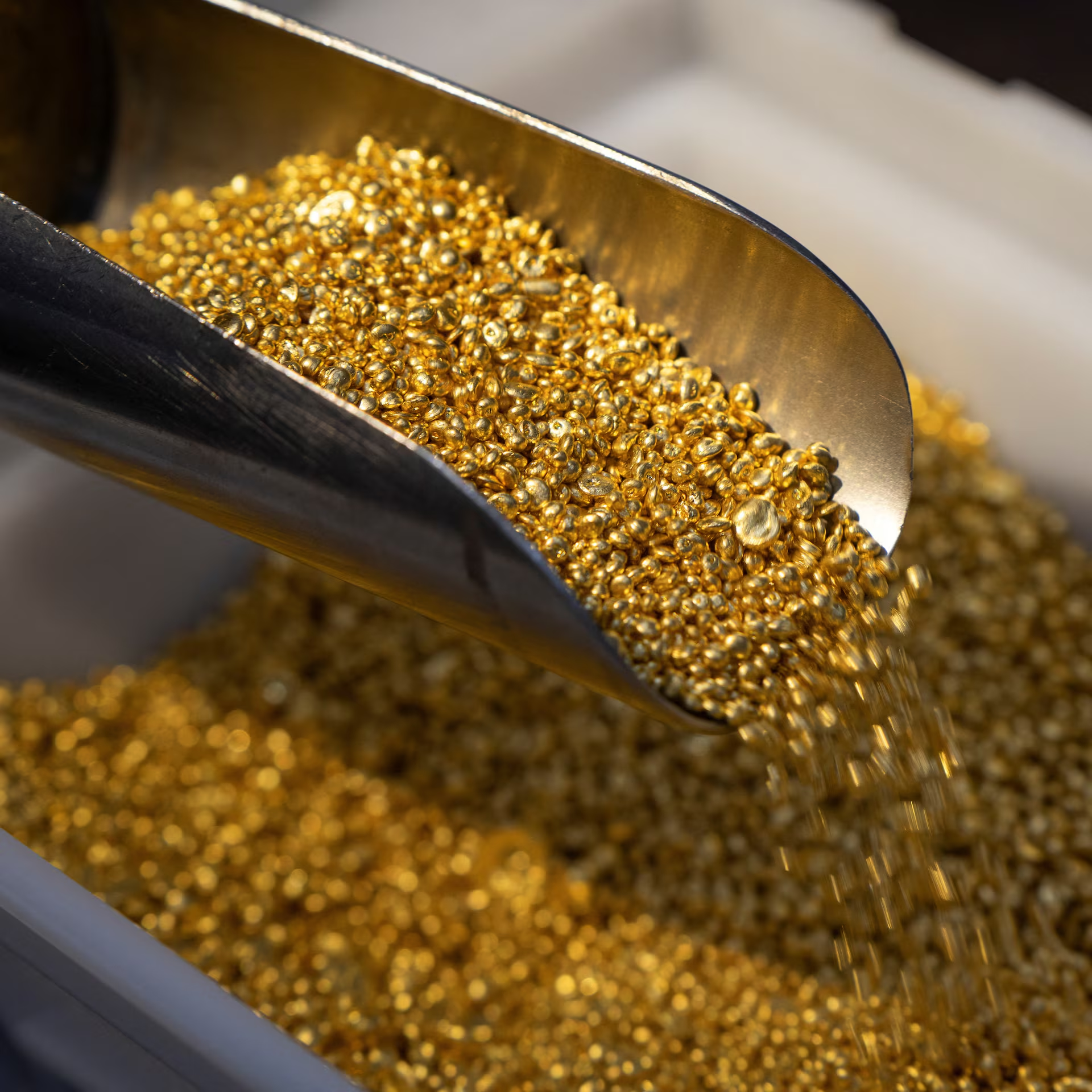
The Impact of Gold’s Surge on Indian Consumers
The surge in gold prices has significant implications for Indian consumers, particularly in the context of upcoming festive seasons like Akshaya Tritiya. While many people in India traditionally invest in gold during such occasions, the record prices are causing concern.
-
Higher prices and consumer sentiment: Gold reaching ₹1 lakh per 10 grams has raised concerns about its affordability. The rising prices are particularly felt among India’s middle class and housewives, who traditionally save in gold.
-
Potential impact on demand: Despite the price surge, experts remain optimistic that gold will continue to be in demand as an investment product, particularly for long-term wealth preservation. However, rising prices may limit the ability of consumers to purchase as much gold as in previous years.
Should You Buy Gold Now? What Investors Need to Know
With gold prices at historic highs, many investors are questioning whether it’s the right time to buy. Here are some key considerations before making a purchase:
1. Gold as a Hedge, Not an Investment for Growth
Gold should primarily be viewed as a hedge against inflation and economic instability, rather than a growth asset.
-
Protecting wealth: Gold doesn’t generate income like dividends or interest. It’s best used to protect wealth in times of uncertainty.
-
Portfolio allocation: Experts recommend a modest gold allocation (5-10%) in an investment portfolio to provide a safety net without negatively impacting overall returns.
2. Volatility and the Risk of Buying at a Peak
As with any asset, buying gold at its peak can expose investors to the risk of short-term price corrections. Gold’s rise in recent months has been sharp, and while many analysts predict further gains, others caution that gold may experience a price correction in the near future.
3. Investment Vehicles: Physical vs. Paper Gold
There are various ways to invest in gold, each with its pros and cons.
-
Physical gold: While traditional gold (coins, bars, jewelry) is popular in India, it is often inefficient for investment purposes due to storage and security risks. It is best suited for cultural or decorative use.
-
Sovereign Gold Bonds (SGBs): For an efficient investment, SGBs are highly recommended. They offer 2.5% annual interest in addition to capital appreciation and tax-free maturity gains.
-
Gold ETFs and mutual funds: These options offer exposure to gold without the need to hold physical gold, but they come with management fees and other associated costs.
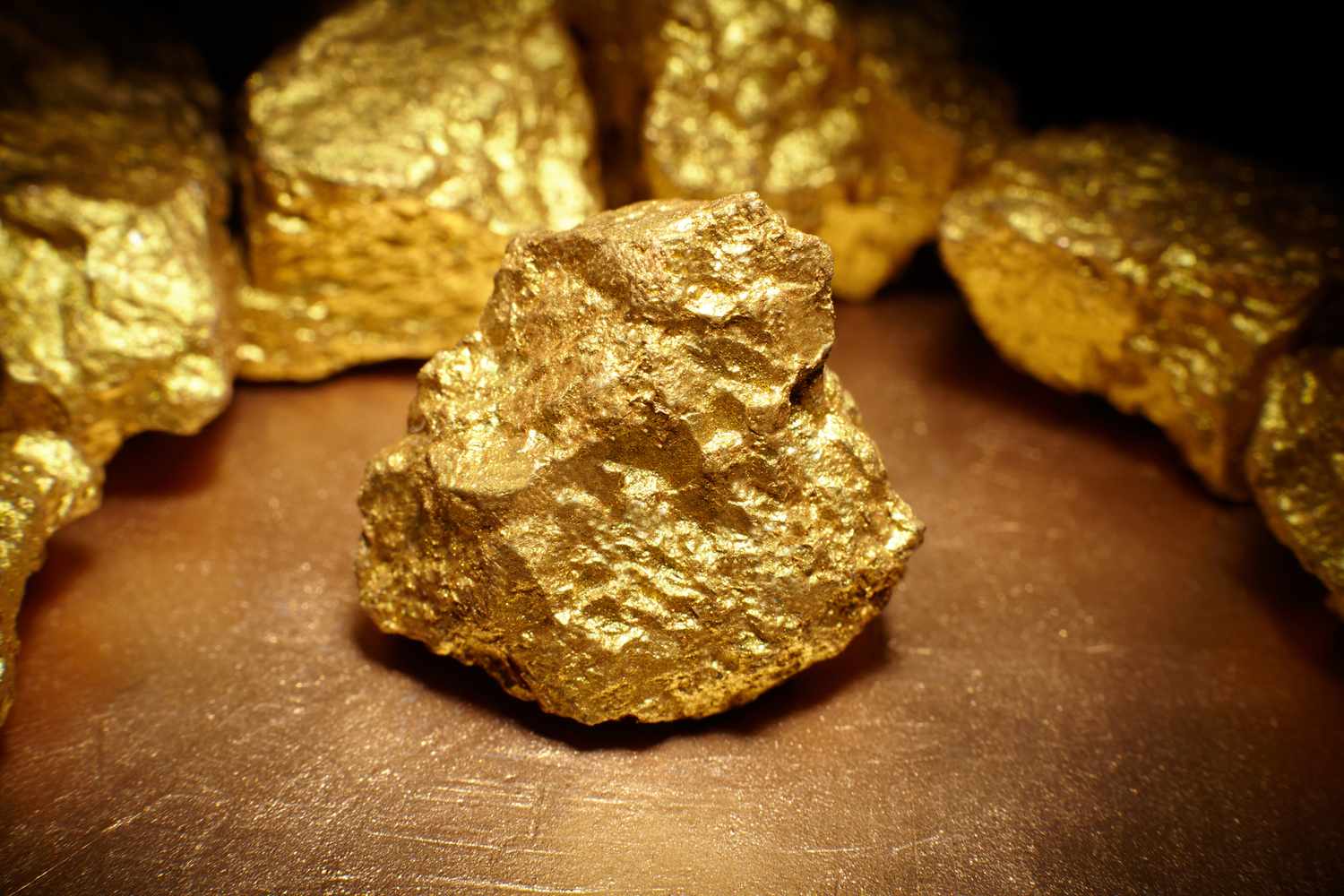
Outlook: Will the Gold Rally Continue?
Over the last 12 months, gold has appreciated by nearly 50%. While many believe the momentum could continue, driven by:
-
Further trade disruptions,
-
Central bank interventions,
-
Continued dollar weakness,
-
Political uncertainty in the US,
There’s also caution in the air. Some analysts warn that gold has run up significantly in the last three years, making a price correction a plausible scenario.
Key Factors to Watch:
-
Developments in US-China tariff negotiations,
-
Policy direction from the US Federal Reserve,
-
Stability of Jerome Powell’s position,
-
Movement of the US dollar.
Final Thoughts
The surge in gold prices reflects the deep uncertainties plaguing global economies and markets. Whether as a traditional investment, a hedge against inflation, or a statement of power, gold continues to shine. As Akshaya Tritiya approaches, Indian consumers may face a tough choice between sentiment and soaring prices.
With inputs from agencies
Image Source: Multiple agencies
© Copyright 2025. All Rights Reserved Powered by Vygr Media.

